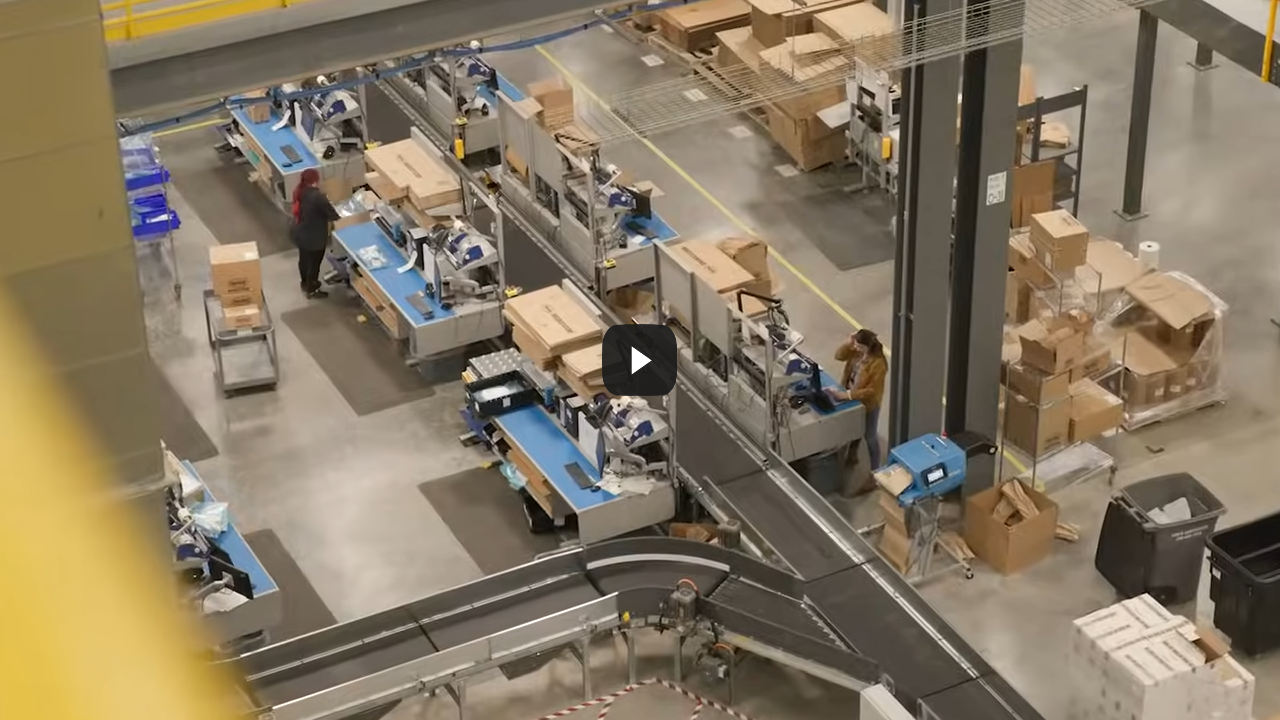Top 10 Sustainable Trends That Boost Manufacturing

Although conversations about the circular economy have gained momentum in recent years, the reality is far from catching up with the original goals. According to the Circle Economy Foundation, the global economy has lessened its use of secondary or recycled materials by 21% in the last five years. Meanwhile, resource consumption rates have soared, with over 500 gigatonnes used during the same period.
Based on the figures, sustainable manufacturing is still far from being fully realized. While this practice offers multiple business benefits, such as improved operational efficiency, positive brand reputation, and competitive advantage, it continues to struggle to become the norm.
However, more aggressive policies and measures are being implemented to drive significant changes in industry behavior. By doing so, the gap between ambition and reality may narrow, accelerating the full realization of sustainable manufacturing’s potential benefits.
Top 10 sustainability trends for manufacturing this 2024
Sustainable manufacturing is the process of making products in ways that reduce environmental harm, minimize waste, and support the well-being of workers and communities. To transform this concept into reality, sustainable manufacturing trends are driving changes in business operations, aiming to align industry practices with environmental and social goals.
-
Reshoring
Reshoring is the practice of bringing manufacturing or business operations that were previously outsourced to foreign countries back to the home country. While the previous outsourcing trend gave access to more cost-effective labor and materials, it led to increased transportation emissions and a higher carbon footprint of global supply chains.
In recent years, industries have encountered supply chain interruptions and rising fuel and transportation costs, revealing more drawbacks of outsourcing. As a result, businesses, including European and North American companies, are moving production from developing countries back to domestic markets.
-
Better supply chain management
While businesses have stepped up in reducing emissions they directly control, 70% of a manufacturer's emissions come from upstream or downstream activities like raw material extraction, production, and transportation.
To address this, global manufacturing companies should build eco-friendly supply chains by partnering with suppliers to meet environmental and ethical guidelines, responsibly sourcing materials, and maximizing logistics. Moreover, circular manufacturing that reuse or recycle materials from discarded products can significantly promote sustainability.
-
Leveraging new technologies
Sustainable innovation has become an essential industrial manufacturing solution. For instance, artificial intelligence (AI) offers data analysis, pattern identifications, and predictive abilities. All these capabilities could streamline operations, ensuring optimal use of resources and emission reduction. According to a PricewaterhouseCoopers and Microsoft study, AI technologies could boost the global economy with an additional US$30 trillion by 2030.
Meanwhile, smart factories, which employ big data analytics strategies could experience as much as a 20% ROI increase. By merging manufacturing technologies and industries, businesses enhance operational efficiency while addressing climate change issues.
-
Focusing on impact
Over the years, many businesses have pledged to eco-friendly changes but produced minimal results. Implementing sustainability strategies in their operations is not enough; to truly shift to a net-zero path, companies need to evaluate their entire value chain to see how else they can lower emissions.
However, this is an ambitious move. A McKinsey report states that urging industries to adopt sustainability measures demands significant funds amounting to trillions of dollars in the next three decades. Still, the manufacturing sector plays a crucial role in reaching ambitious climate goals.
-
New partnerships
Resolving this generation’s most pressing climate issues requires collaboration on all levels. Research universities can provide valuable input in formulating sustainable alternatives to environmentally harmful processes. Suppliers and manufacturers can work together to assess the different elements of the value chain. Accountability and transparency are vital in developing technology, optimizing resources, financing, and identifying limitations.
Furthermore, partnerships magnify sustainability initiatives. Collaborative programs can resolve common issues and promote knowledge sharing. Shared best practices and resources create a stronger impact and promote social justice.
-
Increased transparency
Before, companies could get away with greenwashing, a misleading marketing strategy wherein an organization projects itself as eco-friendly when, in truth, its actions and products harm the environment. By exaggerating or misconstruing their environmental practices, businesses lead buyers to believe they are making a greener choice than they are.
But today, governments are adopting stricter guidelines, such as the EU Commission’s Green Claims Directive, which requires clarity and accuracy in environmental marketing, pressuring manufacturers to prove their real sustainability efforts.
-
Ending plastic pollution
The global community is striving to establish a treaty to eliminate plastic pollution by 2024. This is the first legally binding international initiative of its kind, which aims to change every stage of the plastic life cycle, from creation to disposal. A reformed plastics economy tackles environmental issues while offering new economic advantages, paving the way for cutting-edge business prospects in manufacturing. By 2040, a circular plastics economy could cut plastic pollution by 80% and offer up to 32.5% in cost savings and environmental gains.
-
Sustainable product design
Choices made during product development and design are crucial for reducing more than 80% of all environmental impacts associated with their products. Aside from quality and cost, manufacturers must now evaluate the full life cycle of their offerings, focusing on factors like extending product lifespan, reuse, refurbishment, and advanced recycling.
Incorporating sustainability into design requires selecting suppliers with strong decarbonization goals and materials with smaller carbon footprints.
-
Workforce development
Resolving labor shortages and improving workforce retention are essential for the sustainable growth of the manufacturing sector. Focusing on building and retaining a skilled workforce highlights the industry’s recognition that human talent is crucial for successfully implementing sustainable and innovative manufacturing practices.
Workforce development is also important; educating employees on emerging technologies and pro-environment measures fosters a work environment that emphasizes ongoing improvement and environmental responsibility.
-
Participating in policy development
Manufacturers can collaborate with policymakers to promote regulations that support the shift to sustainable manufacturing. This may involve engaging in policy discussions and pursuing public funding for sustainability initiatives. This way, manufacturers can influence regulations that support green initiatives. Financial incentives and government grants can lessen the cost of adopting eco-friendly practices, making sustainable manufacturing more achievable for companies. As one of the Top 20 EMS companies in the world, IMI has over 40 years of experience in providing electronics manufacturing and technology solutions.
As one of the Top 20 EMS companies in the world, IMI has over 40 years of experience in providing electronics manufacturing and technology solutions.
We are ready to support your business on a global scale.
Our proven technical expertise, worldwide reach, and vast experience in high-growth and emerging markets make us the ideal global manufacturing solutions partner.
Let's work together to build our future today.
Other Blog



